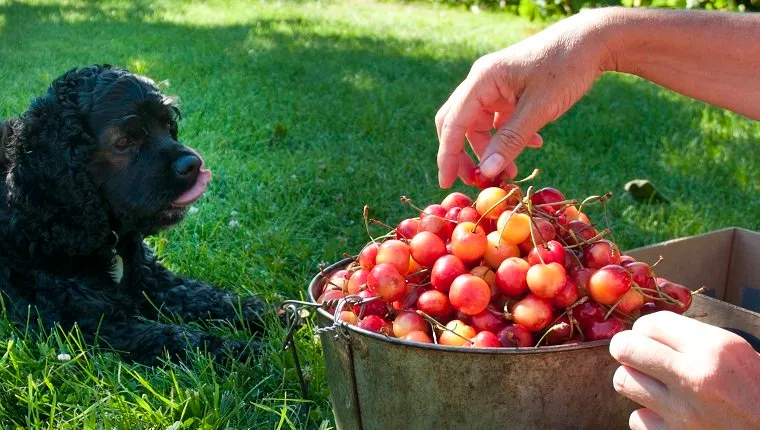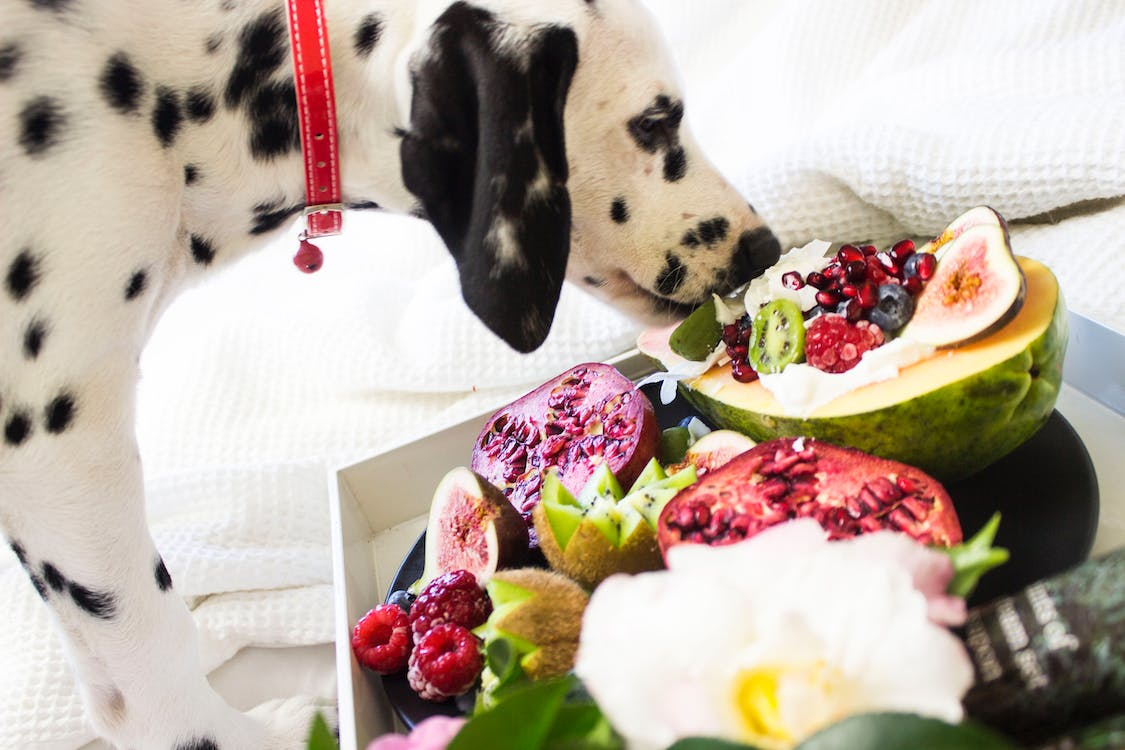I. Introduction
A. The Cat’s Dietary Preference: Dry Food as the Primary Source
Felines often exhibit a strong preference for consuming dry food as their main dietary option. Many cat owners find that their pets gravitate toward this type of food, prompting a closer look at its appeal and nutritional implications.
B. Understanding the Cat’s Nutritional Needs and Dietary Habits
As obligate carnivores, cats require a diet rich in protein, and dry cat food can fulfill this requirement. Understanding their dietary habits is crucial in ensuring their overall health and well-being.
Transition: By examining the nutritional composition, behavioral aspects, and environmental factors, a holistic understanding of a cat’s preference for dry food can be attained.

II. The Nutritional Composition of Dry Cat Food
A. Nutrient Components in Dry Cat Food
Dry cat food is formulated to provide essential nutrients such as protein, vitamins, and minerals, aiding in feline growth, development, and overall health. These components offer a balanced and complete diet for cats.
B. Comparing the Nutritional Value of Dry Food to Other Diets
In comparison to wet food or alternative diets, dry cat food has a high nutrient density, serving as a convenient and practical option for meeting feline dietary requirements.
Transition: Understanding the nutrient composition and value of dry cat food is crucial when evaluating its role in a cat’s diet and nutritional intake.

III. Behavioral and Physiological Aspects
A. Feline Eating Behaviors and Dry Food Preference
The kibble texture and crunch of dry food often resonate with a cat’s natural hunting instincts, appealing to their sensory preferences and providing a tactile engagement during feeding.
B. Digestive Impact and Health Considerations of a Dry Food Diet
While dry food can aid in dental health and teeth maintenance, it’s important to consider its impact on a cat’s water consumption and potential digestive implications, necessitating thoughtful dietary considerations.
Transition: Understanding the behavioral and physiological aspects of a cat’s preference for dry food provides insights into their feeding experiences and overall health.

IV. Exploring Alternative Diet Options
A. Examining Wet Food Alternatives and Transitioning Strategies
Wet food alternatives can offer increased hydration and dietary variety for cats, prompting consideration for transitioning strategies to accommodate their preferences and nutritional needs.
B. Homemade and Raw Diet Considerations for Felines
Some cat owners opt for homemade or raw diets to meet their pet’s dietary requirements, often embracing a more natural and unprocessed approach to feline nutrition.
Transition: Exploring alternative diet options allows for a comprehensive evaluation of dietary choices to optimize a cat’s health and well-being.

V. Environmental and Lifestyle Factors
A. Impact of Environmental Enrichment and Feeding Practices
Creating a feeding environment that promotes engagement and stimulation can enhance a cat’s mealtime experience, regardless of their dietary preference.
B. Addressing the Role of Physical Activity and Health Monitoring
Regular physical activity and health monitoring are critical aspects in supporting a cat’s overall well-being, irrespective of their dietary habits, and should be incorporated into their lifestyle.
Transition: Considering environmental and lifestyle factors contributes to a holistic approach in understanding a cat’s dietary preference and its correlation with their overall welfare.

VI. Addressing Special Dietary Requirements
A. Managing Special Health Conditions with Dry Food Diets
Dry food can be beneficial in managing certain health conditions, such as obesity or dental issues, providing tailored solutions for specific dietary needs.
B. Dietary Adjustments for Age-Related and Sensitivity Issues
Tailoring dietary adjustments to accommodate age-related changes or dietary sensitivities can optimize a cat’s nutritional intake, contributing to their long-term health and vitality.
Transition: Addressing special dietary requirements calls for a nuanced approach that considers the unique health circumstances and dietary needs of individual cats.
VII. Understanding Cat’s Feeding Preferences
A. Cat Behavior and Dry Food Consumption Patterns
Observing a cat’s feeding behaviors and preferences sheds light on their unique individuality and the factors influencing their dietary choices.
B. Addressing the Variability in Individual Cat Preferences and Appetites
Recognizing the variability in cat preferences and appetites underscores the importance of personalized dietary considerations to accommodate their individual needs.
Transition: Understanding a cat’s feeding preferences provides valuable insights into their dietary habits and allows for tailored nutritional solutions.
VIII. Consultation and Guidelines
A. Seeking Veterinary Advice for Nutritional Guidance
Consulting with a veterinarian for tailored nutritional advice ensures that a cat’s dietary needs are met in accordance with their health and well-being.
B. Implementing Feeding Regimens and Monitoring Food Consumption
Establishing structured feeding regimens and monitoring a cat’s food consumption are crucial practices in maintaining their nutritional balance and overall health.
Transition: Seeking expert guidance and implementing appropriate feeding regimens are essential in ensuring that a cat’s dietary preferences align with their optimal health and well-being.
IX. Potential Risks and Mitigation Strategies
A. Addressing Potential Risks Associated with Dry Food Diets
Dry food diets may pose certain risks such as dental issues or dehydration, and understanding these risks is essential in formulating mitigation strategies.
B. Implementing Mitigation Strategies for Dry Food Diets
Introducing measures such as dental care practices and hydration monitoring can help mitigate potential risks associated with dry food diets, ensuring a balanced approach to feline nutrition.
Transition: By understanding potential risks and implementing mitigation strategies, cat owners can ensure their pets’ well-being while maintaining a preference for dry food diets.
X. Communicating with Veterinarians and Nutritionists
A. Engaging in Informed Conversations with Veterinary Professionals
Open and informed discussions with veterinarians and animal nutritionists can provide valuable insights into the best dietary choices for a cat, promoting their long-term health.
B. Collaborating on Tailored Nutrition Plans for Cats
Collaborating with veterinary professionals in developing tailored nutrition plans addresses a cat’s specific dietary needs and fosters a holistic approach to their overall wellness.
XI. Continual Observations and Adaptations
A. Monitoring Cats’ Nutritional Responses and Health Parameters
Regular observations of a cat’s nutritional responses and health parameters are essential for making informed dietary adaptations and promoting their optimal well-being.
B. Adapting and Refining Feeding Practices Based on Observations
Adapting feeding practices based on observed responses enables cat owners to continually refine dietary choices, ultimately optimizing their pets’ nutritional intake.


